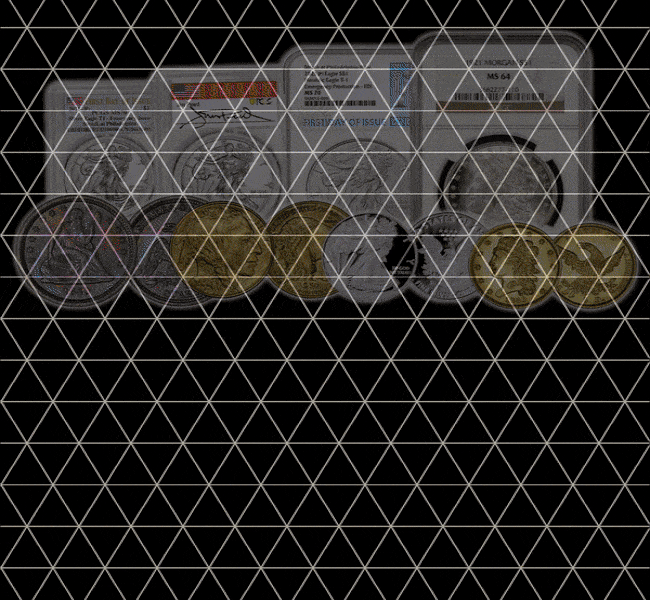Celebrating 75 years of preventing disease and disability in our children
Background
President Franklin D. Roosevelt’s personal struggle with polio led him to create the National Foundation for Infantile Paralysis (now known as the March of Dimes) on January 3, 1938, at a time when polio was on the rise.
The Foundation established patient aid programs and funded research for polio vaccines developed by Drs. Jonas Salk and Albert Sabin. Tested in a massive field trial in 1954 that involved 1.8 million schoolchildren known as “polio pioneers,” the Salk vaccine was licensed for use on April 12, 1955, as “safe, effective, and potent.” The Salk and Sabin polio vaccines ultimately ended the polio epidemics in the United States.
With its original mission accomplished, in 1958 the Foundation turned its focus to preventing birth defects, prematurity, and infant mortality. It began to fund research into the genetic, prenatal, and environmental causes of more than 3,000 birth defects. The Foundation’s investment in research has led to 13 scientists winning the Nobel Prize since 1954.
Since its founding, the March of Dimes has advocated for the passage of legislation critical to maternal and child health at both the federal and state levels, such as the Birth Defects Prevention Act, Children’s Health Act, PREEMIE Act, and Newborn Screening Saves Lives Act. The organization actively supports programs and funding related to prematurity prevention, newborn screening, birth defects, access to health insurance and health care, tobacco cessation, and many more issues that promote healthy pregnancies and healthy babies.
The Legislation
Signed into law December 18, 2012, the March of Dimes Commemorative Coin Act (Public Law 112-209) requires the Secretary of the Treasury to mint and issue silver dollar coins in recognition and celebration of the 75th anniversary of the establishment of the March of Dimes Foundation. A $10 surcharge collected from the sale of each coin is authorized to be paid to the Foundation to help finance research, education, and services aimed at improving the health of women, infants, and children.
The Designs
The obverse (heads side) and reverse (tails side) designs are emblematic of the mission and programs of the March of Dimes Foundation and its distinguished record of generating Americans’ support to protect children’s health. Consistent with the traditions and heritage of the Foundation, the design themes represent the Foundation’s past, present, and future and its role as champion for all babies.
The obverse design–representing the past–depicts a profile view of President Franklin D. Roosevelt and Dr. Jonas Salk, two leaders in the fight against polio. The inscriptions are “LIBERTY,” “IN GOD WE TRUST,” and “2015.”
The reverse design depicts a baby cuddled in the hand of a parent, representing the foundation’s dedication to the health of babies everywhere. The inscriptions are “UNITED STATES OF AMERICA,” “E PLURIBUS UNUM,” “$1” and, “MARCH OF DIMES.”
Both designs were selected by the Deputy Secretary of the Treasury on July 21, 2014.
The Designers
Obverse
- Designer: Paul C. Balan
- Sculptor: Michael Gaudioso
Reverse
- Designer: Don Everhart
- Sculptor: Don Everhart
Coin Specifications
- Weight: 26.730 grams nominal
- Diameter: 1.500 inches (± 0.003) or 38.10 mm (± 0.08)
- Composition: 90 percent silver, 10 percent copper
- Mintage limit: 500,000 across all product options
About the United States Mint
The United States Mint was created by Congress in 1792 and became part of the Department of the Treasury in 1873. It is the Nation’s sole manufacturer of legal tender coinage and is responsible for producing circulating coinage for the Nation to conduct its trade and commerce. The United States Mint also produces numismatic products, including proof, uncirculated, and commemorative coins; Congressional Gold Medals; and silver and gold bullion coins. The United States Mint’s numismatic programs are self-sustaining and operate at no cost to taxpayers.
ADDITIONAL RESOURCES:
For information about the United States Mint, please visit http://www.usmint.gov/about_the_mint/.
To subscribe to United States Mint electronic product notifications, news releases, and public statements, visit http://www.usmint.gov/email/?action=EmailUpdates.
Sign up for RSS Feeds from the United States Mint and follow us on Facebook, Twitter, and Pinterest.

Can we purchase just the small dime coins that will be in this set? I want the two dimes, and I’d pay about 20 for them. Don’t really care for the commem coin though
That’s usually not how it works. The Mint will sell the dimes in this special package. Those interested in buying the coins as singles will have to do so on the secondary market. There will no doubt be a push to create a certified market for them at the outset.
Do you know when the set will be available? I thought only the commemorative dollar was available the 13th. Is the collectors set with the dimes also released on the 13th?
U.S. Mint will release on May 4 and cost $61.95.
Thank you!
…”aimed at improving the health of women, infants, and children.” Why exclude men? Why not …”aimed at improving the health of”…AMERICANS? or PEOPLE? Wasn’t Franklin D. Roosevelt a man? When did inclusive become exclusive? Just asking?
and, yes, I know you just copied the U.S. Mint. But the questions remain.
How is focusing on the health needs unique to a specific group of people exclusive? As an adult male, I am not as vulnerable to the same diseases or ailments as women, infants and children. To treat me with the same kind of care for those diseases and ailments is a waste of resources. To treat women, children and infants the same as I would be treated is ineffective and ignorant of basic medicine and biology.